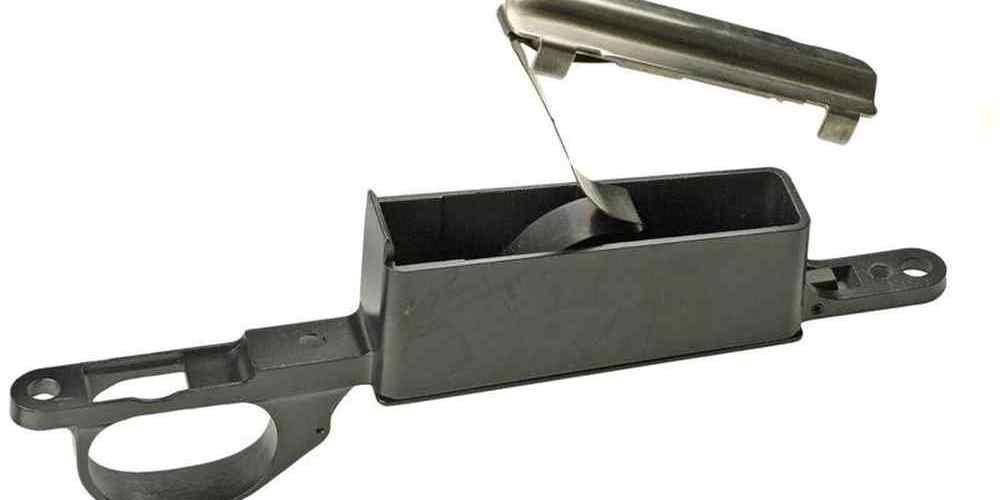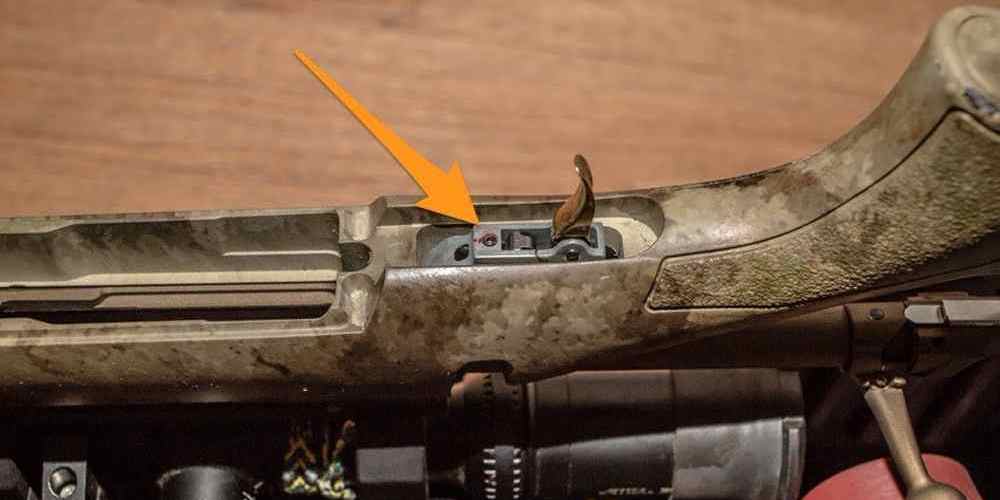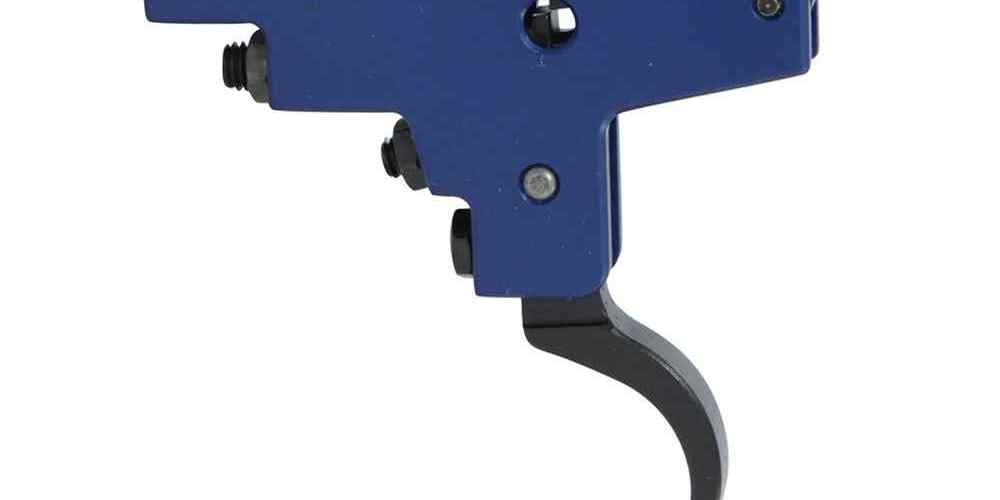“Mastering the delicate balance between pull weight and speed for precision shooting.”
Importance of Trigger Balance in Rifle Shooting
When it comes to rifle shooting, one of the most important factors to consider is trigger balance. Trigger balance refers to the relationship between pull weight and speed, and finding the right balance can greatly impact your shooting accuracy and overall performance. In this article, we will explore the art of rifle trigger balance and why it is crucial for success in shooting sports.
Pull weight is the amount of force required to pull the trigger and release the firing mechanism. A heavy pull weight can make it difficult to shoot accurately, as it requires more effort and can lead to jerking or pulling the trigger. On the other hand, a light pull weight can make it easier to shoot accurately, but it may also increase the risk of accidental discharges. Finding the right balance between pull weight and speed is essential for achieving consistent and precise shots.
Speed, on the other hand, refers to how quickly the trigger can be pulled without sacrificing accuracy. A fast trigger allows for quick follow-up shots and can be advantageous in competitive shooting events. However, a trigger that is too fast may lead to unintentional shots being fired, especially under high-stress situations. It is important to find a balance between speed and control to ensure that each shot is deliberate and accurate.
One way to achieve the right trigger balance is by adjusting the pull weight of the trigger. Most rifles come with adjustable triggers that allow shooters to customize the pull weight to their preference. By experimenting with different pull weights, shooters can find the right balance that allows for smooth and controlled trigger pulls without sacrificing speed or accuracy. It is important to note that trigger adjustments should be made carefully and in accordance with the manufacturer’s guidelines to ensure safety and reliability.
Another factor to consider when balancing trigger pull weight and speed is the shooter’s individual preferences and shooting style. Some shooters may prefer a heavier pull weight for added control and stability, while others may prefer a lighter pull weight for faster shooting. It is important to find a balance that works best for you and allows you to shoot comfortably and confidently.
In addition to trigger balance, proper technique and practice are also essential for achieving success in rifle shooting. Developing a consistent shooting stance, grip, and follow-through can help improve accuracy and precision. Regular practice and training can also help shooters become more familiar with their rifle and develop muscle memory for consistent trigger control.
In conclusion, the art of rifle trigger balance is a crucial aspect of shooting sports that can greatly impact your performance. Finding the right balance between pull weight and speed is essential for achieving consistent and accurate shots. By adjusting the pull weight of the trigger and practicing proper technique, shooters can improve their shooting skills and reach their full potential. Remember to always prioritize safety and follow manufacturer guidelines when making trigger adjustments. Happy shooting!
How to Achieve Optimal Trigger Pull Weight
When it comes to shooting accuracy, one of the most critical factors to consider is the trigger pull weight of your rifle. The balance between pull weight and speed is crucial in achieving optimal performance. In this article, we will delve into the art of rifle trigger balance and discuss how you can achieve the perfect combination for your shooting needs.

Trigger pull weight refers to the amount of force required to pull the trigger and discharge the rifle. A lighter trigger pull weight can result in faster shooting speeds, as less force is needed to fire the weapon. However, a lighter trigger pull weight can also lead to accidental discharges if not properly controlled. On the other hand, a heavier trigger pull weight requires more force to fire the rifle, which can affect accuracy and shooting speed.
Finding the right balance between pull weight and speed is essential for achieving optimal shooting performance. One way to achieve this balance is by adjusting the trigger pull weight of your rifle. Most rifles come with adjustable triggers that allow you to customize the pull weight to suit your preferences. By experimenting with different pull weights, you can find the perfect balance that works best for you.
When adjusting the trigger pull weight of your rifle, it is essential to consider your shooting style and preferences. If you are a competitive shooter who values speed and precision, you may prefer a lighter trigger pull weight to achieve faster shooting speeds. On the other hand, if you are a hunter who values accuracy and control, you may opt for a heavier trigger pull weight to ensure more precise shots.
It is crucial to note that adjusting the trigger pull weight of your rifle should be done with caution. Improper adjustments can lead to safety hazards and affect the performance of your rifle. It is recommended to seek the assistance of a professional gunsmith or firearms expert when making adjustments to your rifle’s trigger pull weight.
In addition to adjusting the trigger pull weight, there are other factors to consider when achieving optimal trigger balance. Proper trigger control is essential in maintaining accuracy and speed while shooting. Practicing proper trigger control techniques, such as applying consistent pressure and avoiding jerky movements, can help improve your shooting performance.
Another factor to consider is the quality of your rifle’s trigger mechanism. A high-quality trigger mechanism can enhance the overall shooting experience by providing a smooth and consistent trigger pull. Investing in a quality trigger mechanism can make a significant difference in your shooting performance.
In conclusion, achieving optimal trigger balance is essential for maximizing shooting accuracy and speed. By adjusting the trigger pull weight of your rifle and practicing proper trigger control techniques, you can find the perfect balance that works best for you. Remember to always prioritize safety when making adjustments to your rifle’s trigger pull weight and seek professional assistance if needed. With the right balance of pull weight and speed, you can take your shooting skills to the next level.
The Relationship Between Trigger Speed and Accuracy
When it comes to shooting accuracy, one of the most critical factors to consider is the trigger balance of your rifle. Trigger balance refers to the relationship between the pull weight of the trigger and the speed at which it can be pulled. Finding the right balance between these two factors is essential for achieving consistent and precise shots.
Pull weight is the amount of force required to pull the trigger and release the firing mechanism. A heavier pull weight can make it more challenging to pull the trigger smoothly and consistently, leading to jerky movements and potentially affecting your accuracy. On the other hand, a lighter pull weight can make it easier to pull the trigger, but it may also increase the risk of accidental discharges if not handled properly.
Trigger speed, on the other hand, refers to how quickly you can pull the trigger while maintaining control and accuracy. A faster trigger speed can be advantageous in situations where quick follow-up shots are necessary, such as in competitive shooting or hunting. However, a faster trigger speed can also increase the risk of flinching or pulling the shot off target if not executed with precision.
Finding the right balance between pull weight and trigger speed is crucial for achieving optimal shooting performance. A trigger that is too heavy can slow down your shooting speed and make it difficult to maintain accuracy, while a trigger that is too light can lead to inconsistent shots and potential safety hazards.
One way to find the right balance is to experiment with different trigger weights and speeds to see what works best for you. Start by adjusting the pull weight of your trigger to a level that feels comfortable and allows you to pull the trigger smoothly and consistently. Then, practice pulling the trigger at different speeds to see how it affects your accuracy and shooting performance.
It’s essential to remember that finding the right balance between pull weight and trigger speed is a personal preference and may vary depending on the shooter’s experience, shooting style, and the type of shooting activity. Some shooters may prefer a heavier trigger pull for added stability and control, while others may opt for a lighter trigger pull for faster shooting speed.
Ultimately, the key to achieving optimal trigger balance is practice and experimentation. Take the time to familiarize yourself with your rifle’s trigger and how it responds to different pull weights and speeds. Practice dry firing exercises to improve your trigger control and accuracy, and pay attention to how different trigger settings affect your shooting performance.
By finding the right balance between pull weight and trigger speed, you can enhance your shooting accuracy and consistency. Remember that shooting is a skill that requires practice and patience, so don’t be afraid to experiment with different trigger settings to find what works best for you. With dedication and perseverance, you can master the art of rifle trigger balance and become a more precise and confident shooter.
Tips for Improving Trigger Balance for Precision Shooting
When it comes to precision shooting, one of the most important factors to consider is the balance of your rifle trigger. The trigger is the mechanism that releases the firing pin, causing the rifle to fire. Finding the right balance between pull weight and speed is crucial for achieving accuracy and consistency in your shots.
Pull weight refers to the amount of force required to pull the trigger and release the firing pin. A lighter pull weight can make it easier to shoot accurately, as it requires less effort to pull the trigger. However, a trigger that is too light can be dangerous, as it increases the risk of accidental discharge. On the other hand, a heavier pull weight can be more difficult to control, leading to decreased accuracy.
Speed, on the other hand, refers to how quickly the trigger releases the firing pin once it is pulled. A faster trigger can help improve your reaction time and allow you to take shots more quickly. However, a trigger that is too fast can lead to jerky movements and decreased accuracy. Finding the right balance between pull weight and speed is essential for achieving precision in your shooting.
One way to improve trigger balance is to adjust the pull weight of your rifle. Most rifles come with adjustable triggers that allow you to customize the pull weight to your liking. Experiment with different pull weights to find the one that works best for you. Keep in mind that the ideal pull weight will vary depending on your shooting style and preferences.
Another way to improve trigger balance is to practice proper trigger control. This involves using the correct technique when pulling the trigger to ensure consistent and accurate shots. Make sure to place your finger on the trigger in the same position each time and apply steady pressure until the shot is fired. Avoid jerking or flinching, as this can cause the rifle to move off target.
It is also important to pay attention to the speed at which you pull the trigger. A smooth and controlled trigger pull is essential for achieving accuracy in your shots. Practice pulling the trigger at a consistent speed to develop muscle memory and improve your shooting skills. Remember that speed should not come at the expense of accuracy, so focus on finding the right balance between the two.
In addition to adjusting pull weight and practicing proper trigger control, it is important to maintain your rifle trigger regularly. Clean and lubricate the trigger mechanism to ensure smooth and consistent performance. Check for any signs of wear or damage and replace any worn parts as needed. A well-maintained trigger will help you achieve better balance and accuracy in your shooting.
In conclusion, finding the right balance between pull weight and speed is essential for achieving precision in your shooting. Experiment with different pull weights, practice proper trigger control, and maintain your rifle trigger regularly to improve your accuracy and consistency. By mastering the art of rifle trigger balance, you can take your shooting skills to the next level and become a more proficient marksman.
Common Mistakes to Avoid When Adjusting Rifle Trigger Balance
When it comes to shooting accuracy, one of the most important factors to consider is the balance of your rifle trigger. The balance between pull weight and speed can greatly impact your shooting performance, so it’s crucial to find the right balance for your individual needs. However, adjusting rifle trigger balance can be a tricky process, and there are some common mistakes that shooters often make when trying to achieve the perfect balance.
One of the most common mistakes that shooters make when adjusting rifle trigger balance is focusing too much on pull weight. Pull weight refers to the amount of force required to pull the trigger and release the shot. While it’s important to have a trigger that is not too heavy or too light, focusing solely on pull weight can lead to overlooking the importance of trigger speed.
Trigger speed is the rate at which the trigger can be pulled without sacrificing accuracy. A trigger that is too heavy may slow down your shooting speed, while a trigger that is too light may cause you to accidentally fire the gun before you’re ready. Finding the right balance between pull weight and speed is essential for achieving optimal shooting performance.
Another common mistake that shooters make when adjusting rifle trigger balance is failing to consider the type of shooting they will be doing. Different shooting disciplines require different trigger balances, so it’s important to adjust your trigger accordingly. For example, a target shooter may prefer a lighter trigger with a slower speed, while a hunter may prefer a heavier trigger with a faster speed.
It’s also important to remember that adjusting rifle trigger balance is a personal preference. What works for one shooter may not work for another, so it’s important to experiment with different settings to find what works best for you. Don’t be afraid to make small adjustments and test them out on the range to see how they impact your shooting performance.
When adjusting rifle trigger balance, it’s important to take your time and be patient. Rushing through the process can lead to making mistakes and not achieving the desired results. Start by making small adjustments to either the pull weight or speed, and then test them out to see how they impact your shooting performance. Keep track of your results and make note of what works and what doesn’t.
In conclusion, finding the right balance between pull weight and speed is essential for achieving optimal shooting performance. Avoiding common mistakes such as focusing too much on pull weight, failing to consider the type of shooting you will be doing, and rushing through the adjustment process can help you achieve the perfect trigger balance for your individual needs. Remember to be patient, experiment with different settings, and most importantly, have fun on the range!




